Asphalt disrespecter
January 17th, 2024
One of the biggest investments Esmeralda will make is something many people take for granted, but whose design has a huge impact on their experience of a neighborhood: its streets!
One of the most fundamental design decisions is what material a street is made of. In the US, the decision is seemingly straightforward, as 94% of our roads are paved with asphalt. There are plenty of good things about asphalt, but it has a lot of problems too:
- Asphalt degrades fast, so once you account for maintenance, it's more expensive than it first appears
- Asphalt is expensive to change, and it scars when you do need to change it
- Asphalt absorbs heat
- Asphalt cracks in the cold
- Asphalt is ugly
- Asphalt has nasty emissions
- Asphalt has bad drainage
This is not to say that asphalt is always the wrong material. It sets quickly, it's easy to repair, and it's cheaper upfront – it's a great tool to have in the toolbox, especially for regions with moderate climates.
But for a place like Esmeralda that's designed with a long-term time horizon, a place where families will invest and put down roots to pass on a legacy that they're proud of to the next generation, asphalt is often the wrong choice.
There are so many other materials that streets can be made of. I particularly like modular materials like brick, pavers, and cobblestone, because they're very charming and some of them can last for generations if you build them correctly.
Modular materials tend to be somewhat more expensive than asphalt, in large part because they require higher labor costs, but even then it's not such a huge difference:
Once you take into account long-term maintenance costs, modular materials look even better cost-wise because you don't need to replace them as often.
Modular materials can also reduce the cost of drainage and sewer systems, which is a significant yet unseen cost of development. A permeable surface allows more water to drain into the ground rather than needing to get swept into gutters, which creates a fast-flowing stream of water that needs to get directed to a sewer without getting clogged or creating erosion.
Of course each type of modular paving has its own tradeoffs too. For example traditional cobblestone is super bumpy for cyclists, and conventional brick can be very fragile under heavy weight if you don't use the right type of brick. But the palette available for surfacing streets is much broader than urban designers, and you can shape which tradeoffs work for your purposes depending on the role your street is going to play.
There are new materials coming to the market all the time too. One of my favorites is called Belgian Cobble, because it creates a flat surface while still having very high permeability and old world charm.
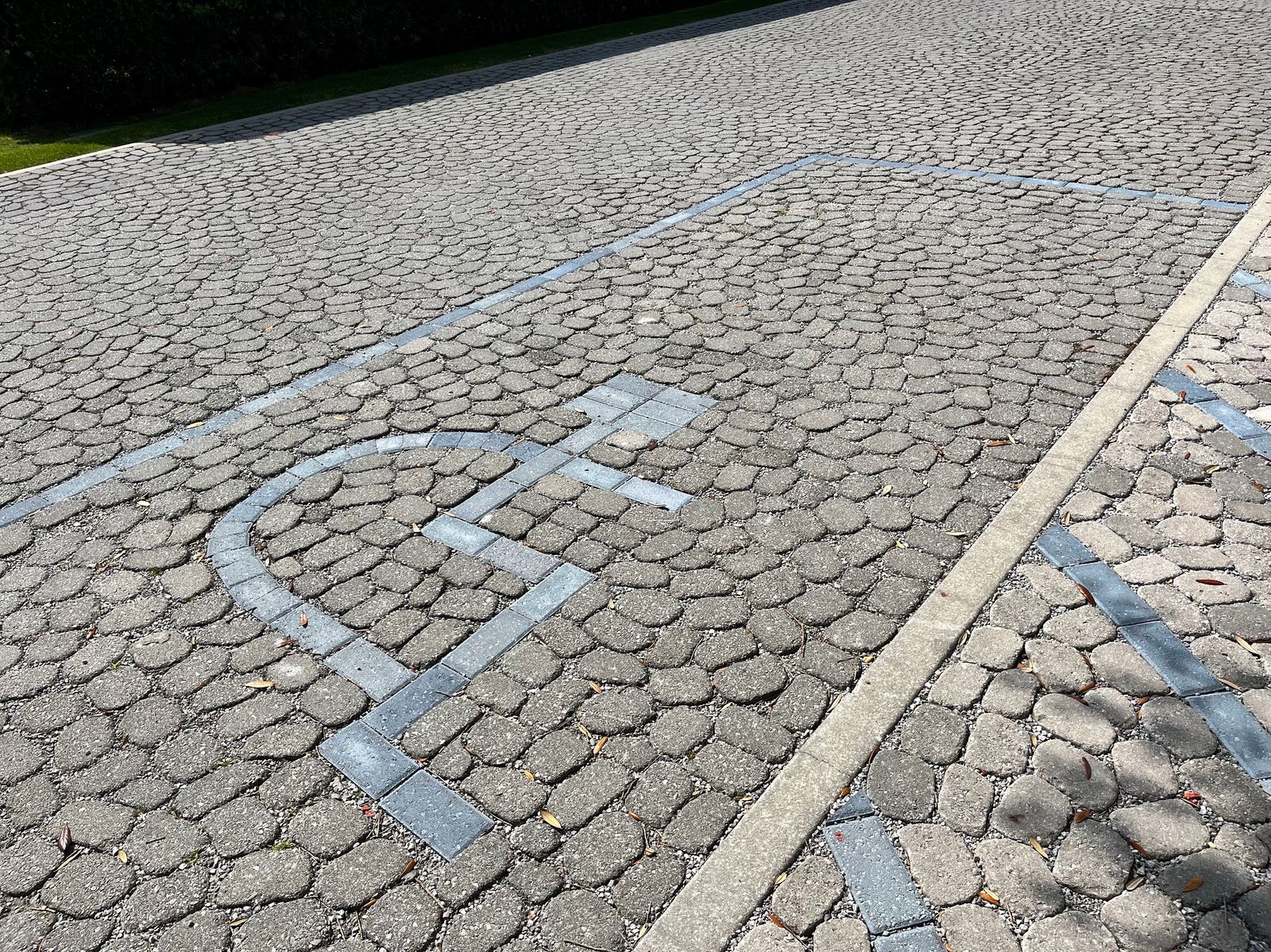
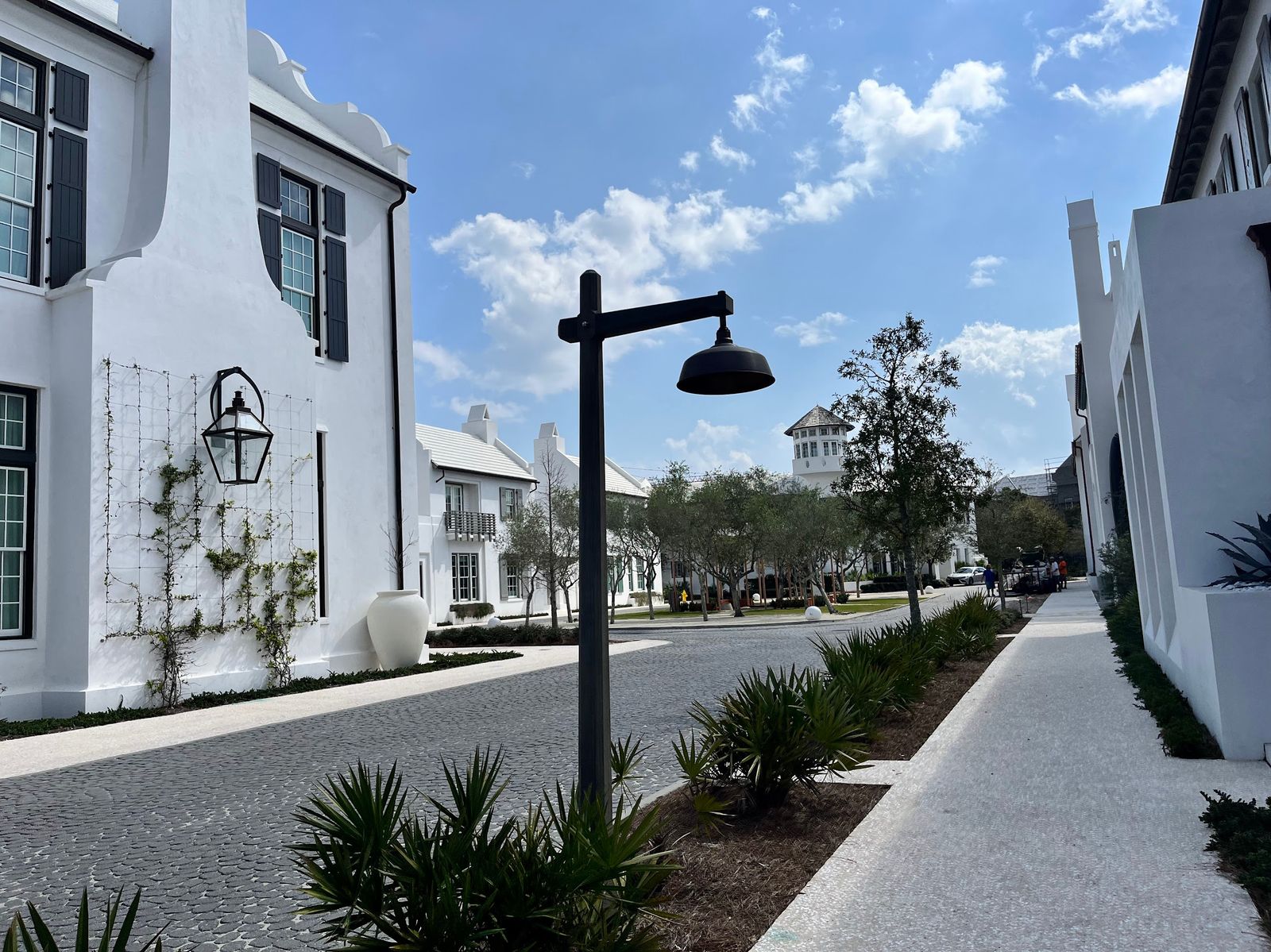
Alys Beach, FL uses Belgian Cobble throughout the community, and it looks great!
I hope that more communities consider a longer time horizon next time they resurface their roads. But in the meantime, Esmeralda is the place where my healthy disrespect for asphalt can make a difference for now, so that's where I'll focus at the moment!
— Devon
P.S. If you're interested in more detail, I just published a post about why asphalt is often the wrong choice (and why we keep using it anyway!): The road to hell is paved with asphalt

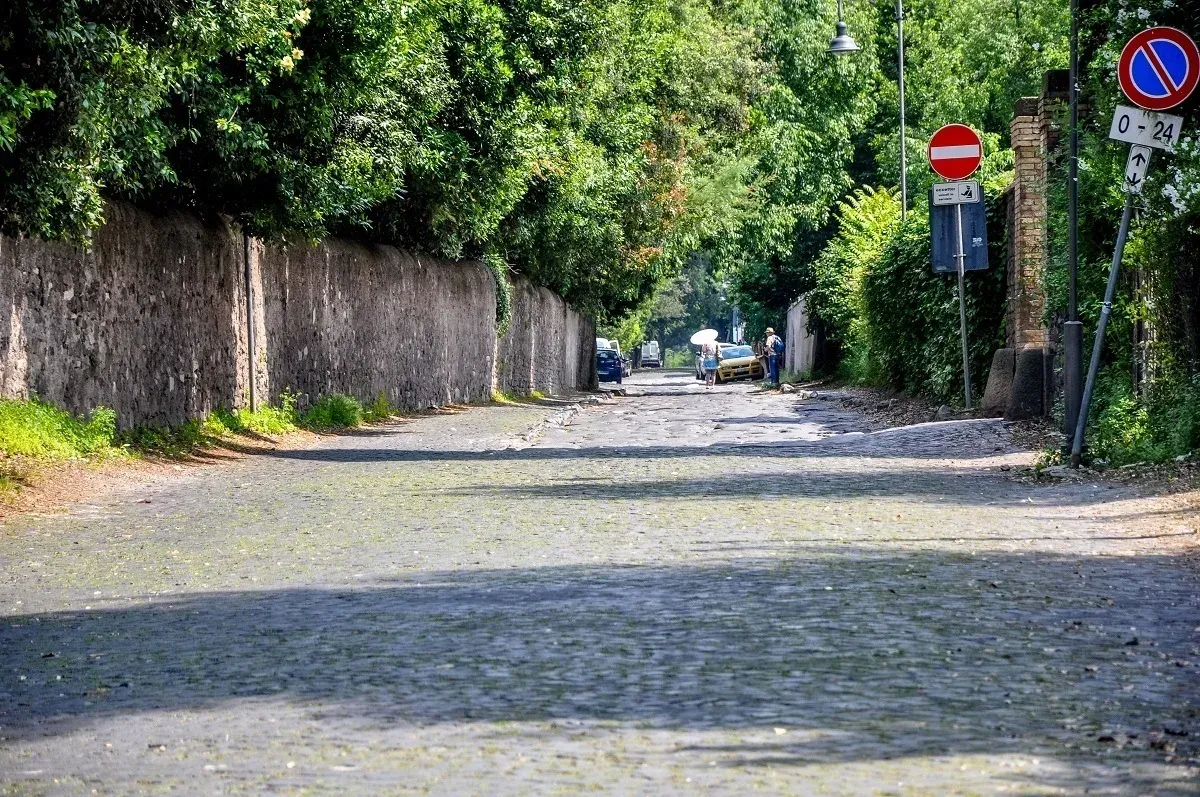
Asphalt does not age well... By contrast, the Appian way was built during the Roman Empire, and it is still in use today.
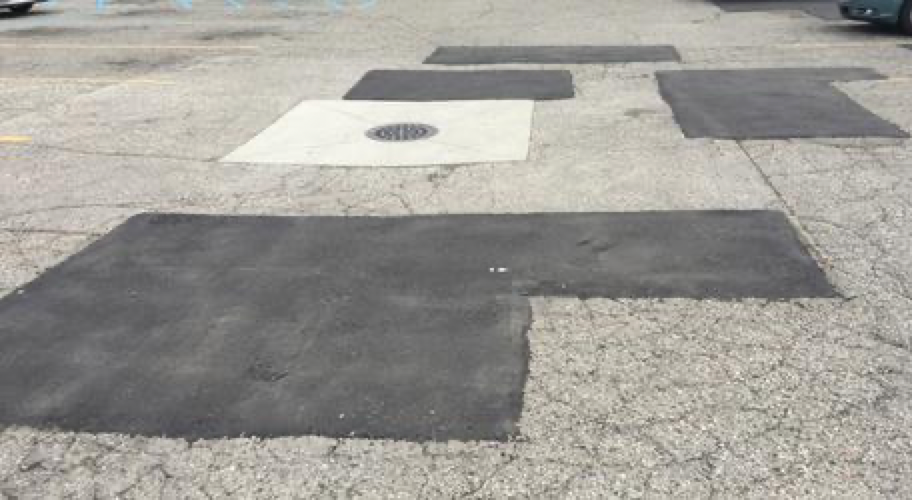
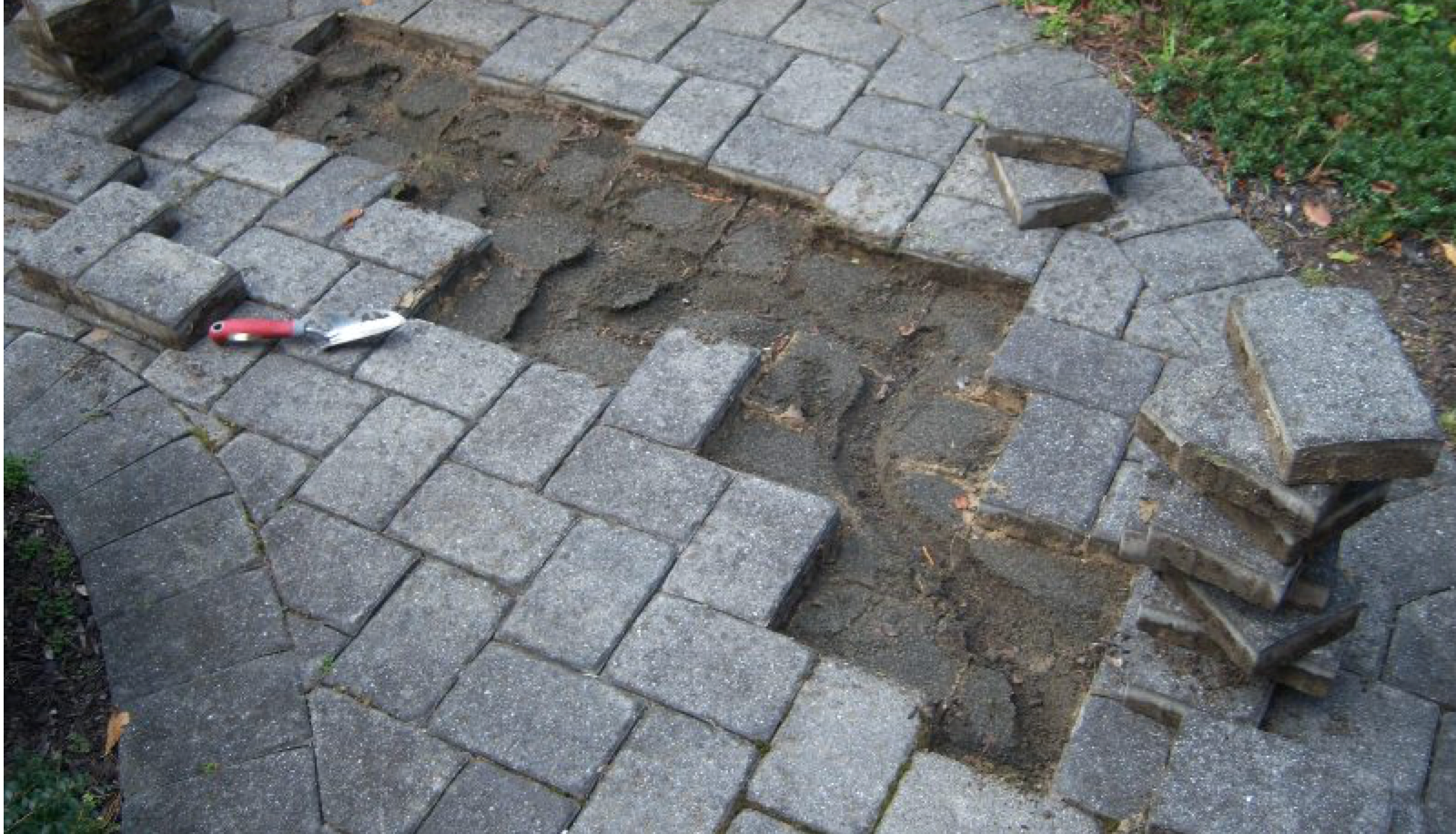
Every change in the infrastructure underneath your street will be visible as a scar marring the asphalt. By contrast, it's much less invasive to pull up modular materials and then simply put them back again.
Keep in touch!